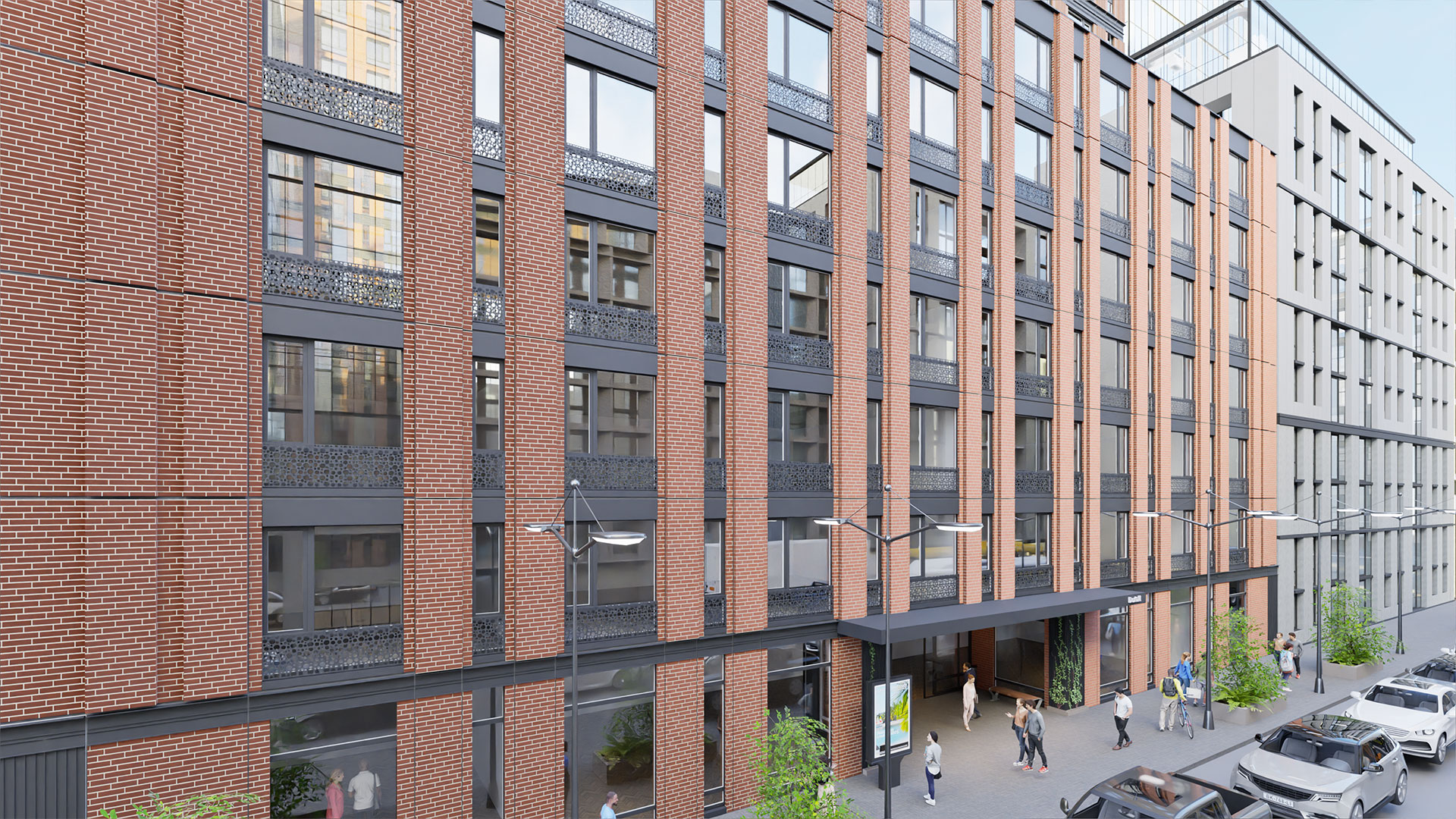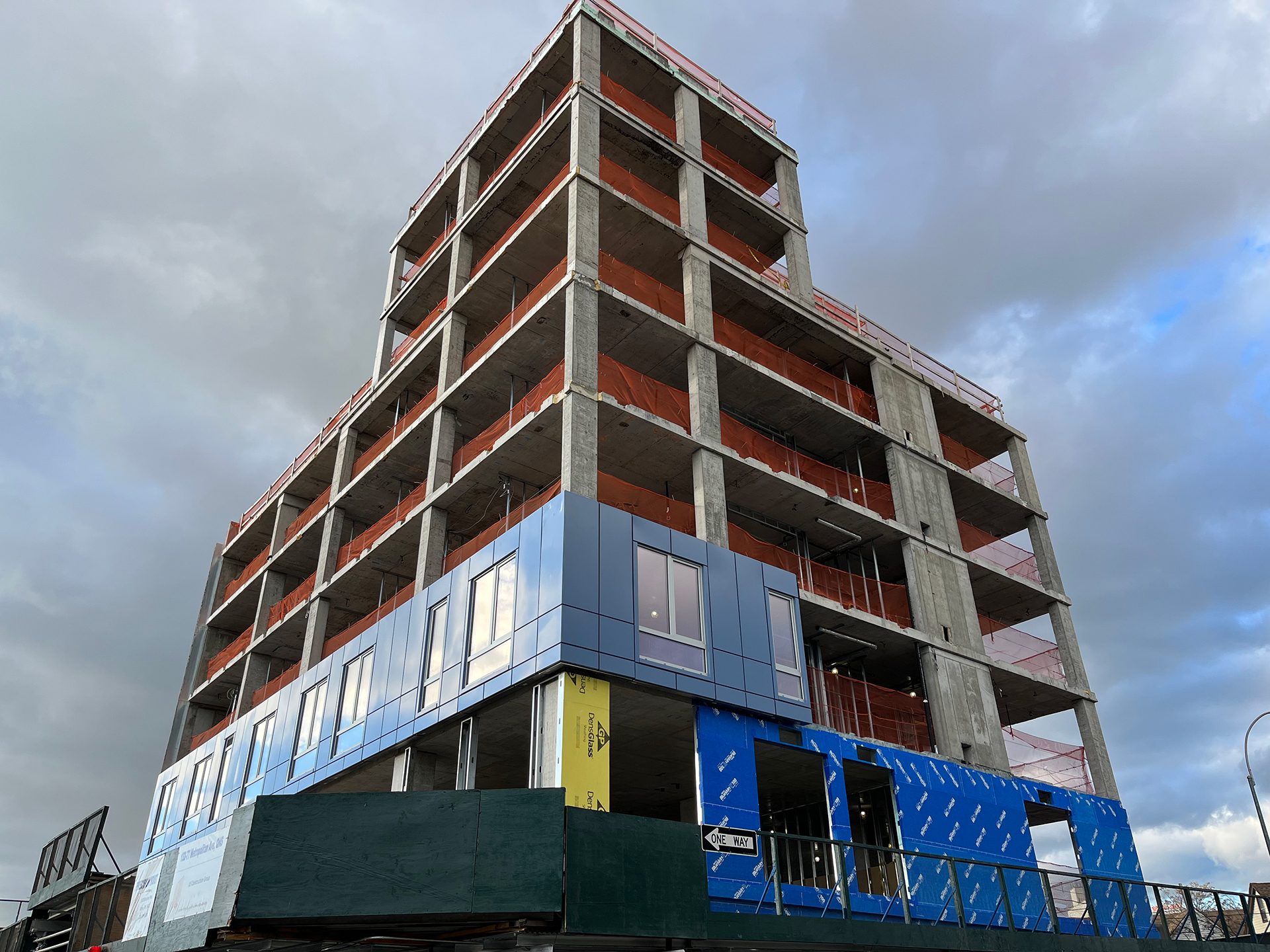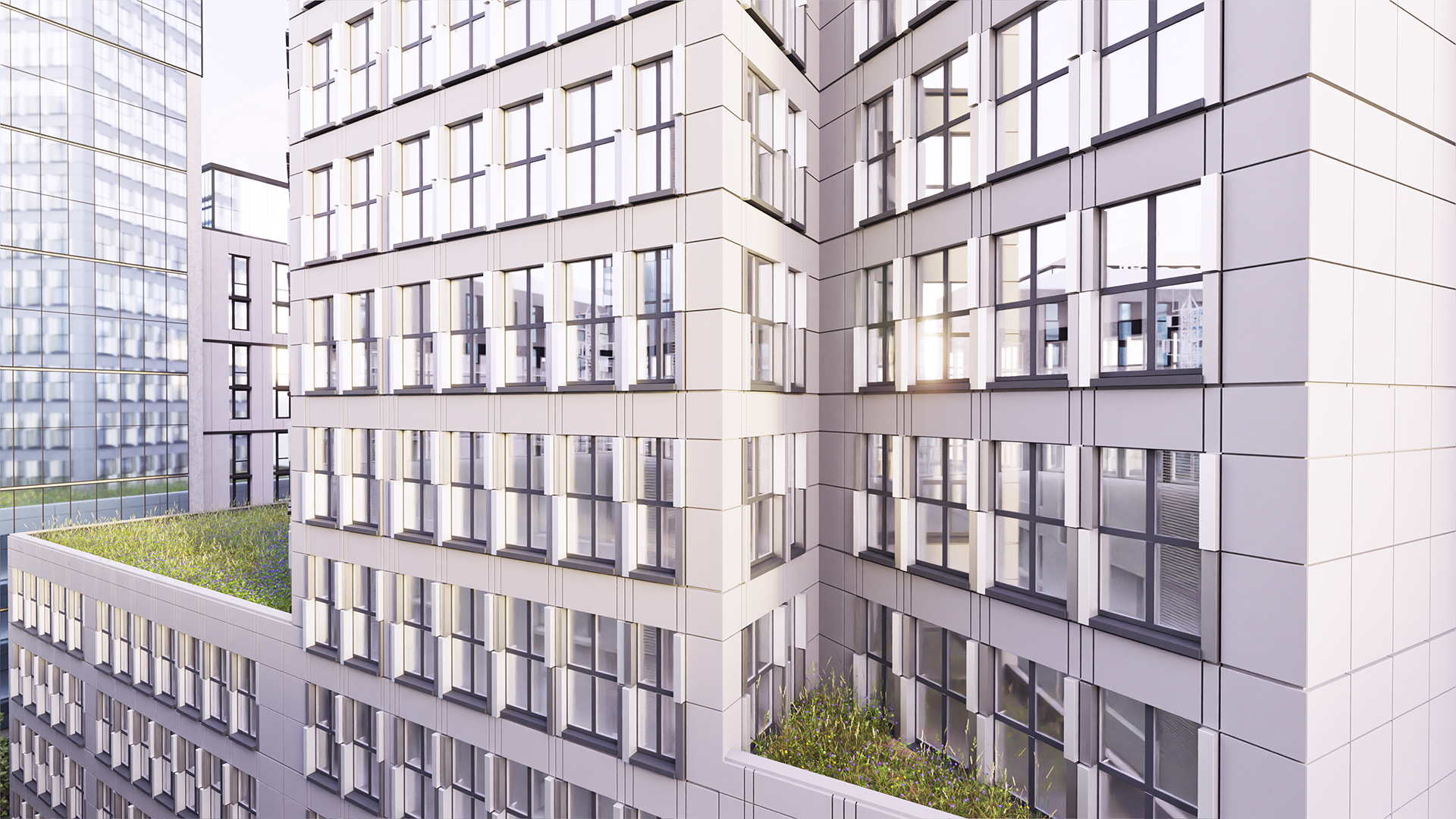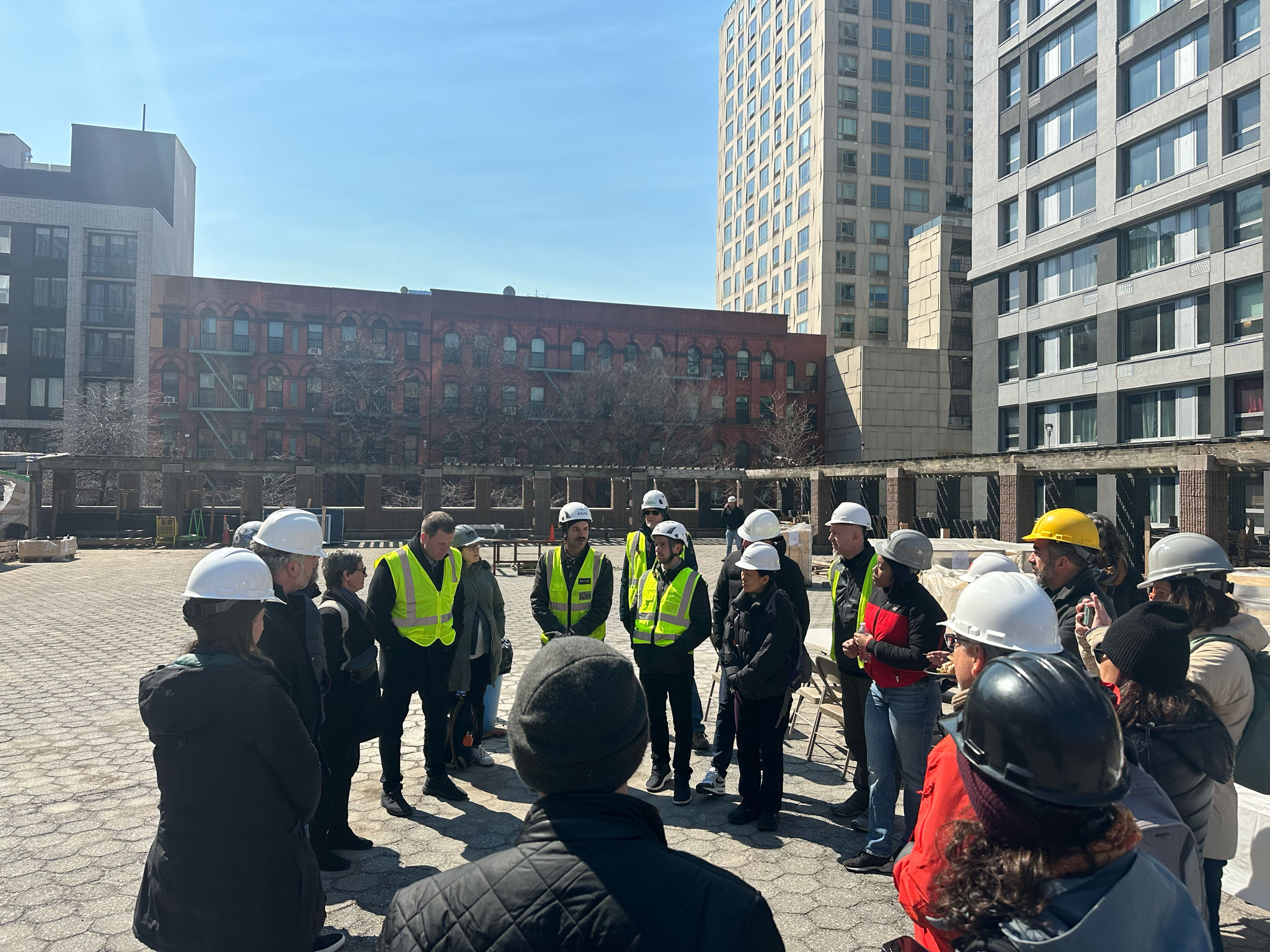Types of Prefabricated Wall Panels & BIPV Integration

Prefabricated wall panels come in a wide variety of materials and configurations, giving architects and developers the freedom to meet structural, thermal, and aesthetic requirements simultaneously. From concrete and stone to innovative insulated systems, each panel type serves a unique role in balancing durability, efficiency, and design.
Types of Prefabricated Wall Panels
Every prefabricated wall panel system is engineered to combine strength, insulation, and architectural expression. The choice of material determines not only the look of a building but also its thermal and structural performance.
Material Characteristics and Applications of Each Type
Panels made of concrete, brick, stone, cement, stucco, and insulated solutions-each category has its own purpose.
Concrete panels are known for their high strength, durability, and resistance to different climate conditions. They can withstand heavy loads and have a relatively affordable cost, making them popular in commercial construction and infrastructure projects.
Brick panels replicate the classical look of brick masonry, allowing them to be integrated easily into traditional urban areas without losing aesthetic appeal. Their installation is much faster than traditional masonry while maintaining an attractive appearance.
Stone panels provide a premium look and are used in projects that emphasize prestige and exclusivity. Stone adds natural resilience and unique textures to facades, increasing the value of a building.
Cement and stucco panels are versatile solutions that enable rapid facade construction with excellent performance characteristics and a variety of textures. They are ideal for buildings of different purposes, providing protection from weather conditions.
Insulated panels are multilayered systems with a highly effective thermal core, widely used in the U.S. to promote energy savings and reduce carbon emissions. They are ideal for passive and low-energy buildings.
Thanks to this variety of materials, developers can choose optimal solutions for different climate zones and architectural requirements, combining durability, visual appeal, and functionality.
Matching Materials to Design Intent
Each material offers a distinct combination of performance and aesthetic qualities. Dextall's modular system allows panels of various materials and finishes to be used together-creating facades that reflect both the architect's vision and the project's sustainability targets.
Insulated Panels and Integration with Solar Technologies (BIPV)
As buildings move toward net-zero goals, insulated and solar-integrated facade panels play an increasingly central role. Dextall's insulated panels combine advanced thermal performance with the potential to generate renewable energy directly from the building envelope.
Structure and Energy Benefits of Insulated Panels
Insulated panels are a key component of modern energy-efficient construction technologies. They consist of a multilayered "sandwich," where the central part serves as a highly efficient insulator, and the outer layers provide protection and facade aesthetics.
Advantages of insulated panels with BIPV include:
Energy efficiency: reducing energy consumption for heating and cooling.Environmental benefits: contributing to a lower carbon footprint.Functionality: combining weather protection with electricity generation.Aesthetics: offering a wide range of designs and the ability to create unique facades with semi-transparent or colored photovoltaic modules.
Building Integrated Photovoltaics (BIPV) in Action
One of the most innovative characteristics of these panels is the integration of photovoltaic facade technologies-BIPV (Building Integrated Photovoltaics). These systems enable electricity generation directly from the facade, turning buildings into active energy producers.
Dextall actively implements such advanced solutions, providing clients not only with the reliability and quality of its prefabricated facades but also with additional opportunities for sustainable development and energy savings in modern construction.
Design Flexibility and Architectural Expression
Material choice and solar integration no longer limit creativity. With modular manufacturing and a variety of finish options, prefabricated panels can achieve both classic and contemporary aesthetics.
Finish Options and Combinations
Architects can mix textures such as brick, stone, or composite metals with energy-generating BIPV surfaces. This hybrid approach allows for distinctive facades that remain lightweight, efficient, and easy to install.
Enhancing Value Through Design
Beyond energy performance, design versatility increases a building's market appeal. Dextall's prefabricated systems empower architects to realize bold, sustainable, and cost-efficient projects without compromising visual impact.
Redefining the Modern Facade
Prefabricated wall panels demonstrate how engineering and design can work in harmony-combining aesthetics, performance, and sustainability in one seamless system.
From structural concrete and lightweight composites to next-generation solar facades, Dextall's solutions are shaping a smarter, more efficient built environment.
To learn more about Dextall's precision manufacturing, testing, and compliance standards, visit Engineering Perfection: Inside the Process of Modern Facade Manufacturing.
Frequently Asked Questions
What materials are available for Dextall's prefabricated panels?
Concrete, brick, stone, cement, stucco, and insulated composites-all manufactured to meet U.S. building codes and design requirements.
Can these panels be customized for specific projects?
Yes. Panels can be tailored in color, size, texture, and performance specifications to meet architectural and environmental goals.
What is BIPV and how does it work?
BIPV stands for Building Integrated Photovoltaics. These panels generate electricity directly from the building's facade using embedded solar cells, reducing energy costs and emissions.
Are insulated panels suitable for all climates?
Absolutely. Dextall's insulated panels maintain optimal thermal performance in both hot and cold regions while providing moisture protection and structural strength.
Do BIPV panels affect the facade's appearance?
No-they're designed to complement architectural aesthetics. BIPV modules can be semi-transparent, tinted, or color-matched to integrate seamlessly with other materials.

















_format(webp).avif)
_format(webp)%20(6).avif)
_format(webp)%20(5).avif)
_format(webp)%20(4).avif)
_format(webp)%20(2).avif)
_format(webp)%20(3).avif)


.avif)
_format(webp)%20(2).avif)